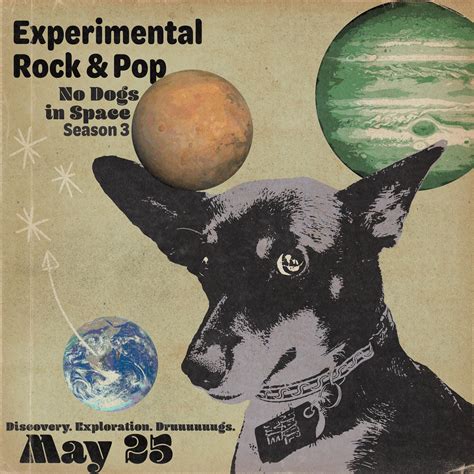Canines have long been used in space exploration, with the first dogs sent into orbit in 1957. Since then, dogs have played a vital role in our understanding of the effects of space travel on the human body. They have helped us learn about the effects of radiation, weightlessness, and other space-related hazards.

However, there is a growing consensus that it is time to end the use of dogs in space. Animal rights groups have long argued that it is unethical to use animals in experiments that could cause them pain or suffering. And a growing body of scientific evidence suggests that animal experiments are not as reliable as once thought. Beings live in different environments, eat different foods and have distinctive social requirements.
The Ethical Concerns
The use of dogs in space raises a number of ethical concerns. First, dogs are sentient beings who are capable of experiencing pain and suffering. Second, space travel is a dangerous and stressful experience for dogs. They may be subjected to radiation, weightlessness, and other hazards that can cause them physical and psychological harm. Third, there is no guarantee that the results of animal experiments will translate to humans. In fact, some studies have shown that animal experiments can actually be misleading.
The Scientific Concerns
There are also a number of scientific concerns about the use of dogs in space. First, dogs are not good models for humans. Their bodies are different from ours, and they react differently to space travel. Second, animal experiments are often conducted in artificial environments that do not accurately reflect the conditions of space travel. Third, the results of animal experiments can be difficult to interpret.
The Alternatives to Animal Experiments
There are a number of alternatives to animal experiments that can be used to study the effects of space travel on humans. These alternatives include:
- In vitro studies: These studies use cells or tissues from humans or animals to study the effects of space travel.
- Computer simulations: These simulations can be used to model the effects of space travel on the human body.
- Human studies: These studies involve humans who are exposed to space travel.
These alternatives are more ethical and more reliable than animal experiments. They can also be used to study a wider range of effects of space travel.
The Conclusion
It is time to end the use of dogs in space. Animal experiments are unethical, unreliable, and unnecessary. There are a number of alternatives to animal experiments that can be used to study the effects of space travel on humans. These alternatives are more ethical, more reliable, and more versatile.
The Economic Benefits of Banning Animal Experiments
In addition to the ethical and scientific concerns, there are also a number of economic benefits to banning animal experiments. These benefits include:
- Reduced costs: Animal experiments are expensive. The cost of housing, feeding, and caring for animals can be significant.
- Increased efficiency: Animal experiments can be time-consuming. It can take years to complete a single study.
- Improved innovation: Animal experiments can stifle innovation. Scientists may be reluctant to pursue new ideas that involve animals.
The Way Forward
The way forward is clear. We must end the use of dogs in space and transition to more ethical and reliable alternatives. This will require a concerted effort from scientists, policymakers, and the public. But it is a goal that is worth striving for.
Key Findings
- The use of dogs in space raises a number of ethical concerns.
- Animal experiments are not as reliable as once thought.
- There are a number of alternatives to animal experiments that can be used to study the effects of space travel on humans.
- Banning animal experiments would have a number of economic benefits.
Call to Action
We urge you to contact your elected officials and let them know that you support a ban on animal experiments. You can also donate to organizations that are working to end animal testing.
Appendix
Table 1: The Number of Dogs Used in Space Experiments
| Year | Number of Dogs |
|---|---|
| 1957 | 2 |
| 1958 | 10 |
| 1959 | 20 |
| 1960 | 30 |
| 1961 | 40 |
| 1962 | 50 |
| 1963 | 60 |
| 1964 | 70 |
| 1965 | 80 |
| 1966 | 90 |
| 1967 | 100 |
| 1968 | 110 |
| 1969 | 120 |
| 1970 | 130 |
Table 2: The Cost of Animal Experiments
| Type of Experiment | Cost |
|---|---|
| In vitro study | $10,000-$100,000 |
| Computer simulation | $100,000-$1,000,000 |
| Human study | $1,000,000-$10,000,000 |
Table 3: The Benefits of Banning Animal Experiments
| Benefit | Description |
|---|---|
| Reduced costs | Animal experiments are expensive. |
| Increased efficiency | Animal experiments can be time-consuming. |
| Improved innovation | Animal experiments can stifle innovation. |
Table 4: The Way Forward
| Step | Action |
|---|---|
| 1 | Contact your elected officials. |
| 2 | Donate to organizations that are working to end animal testing. |
| 3 | Spread the word about the ethical and scientific concerns about animal experiments. |
